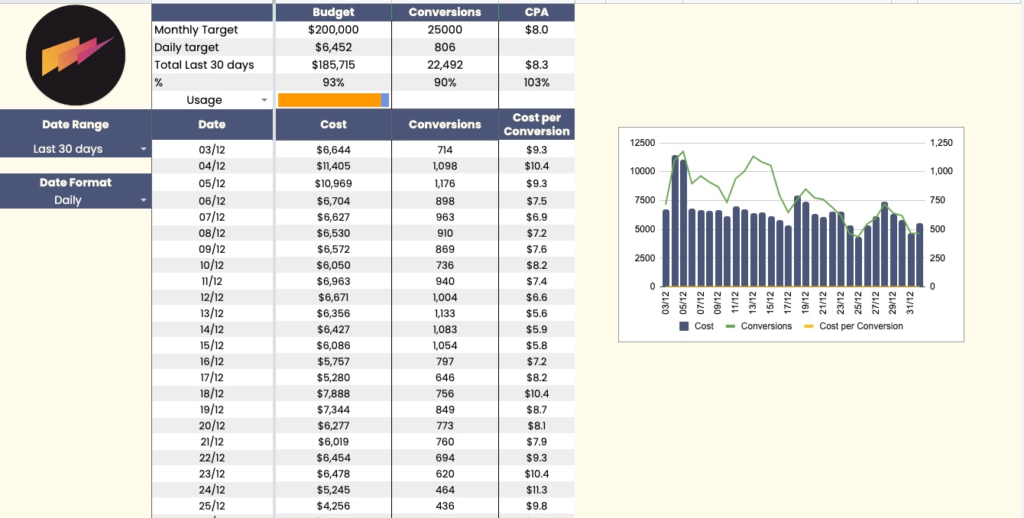As a digital marketer, user acquisition specialist, or PPC manager, you know that spending your monthly media budget effectively is crucial to achieving your goals. But how can you ensure that you’re making the most out of your budget? In this blog post, we’ll discuss four key steps that can help you do just that.
Step 1: Prepare a Solid Media Plan
The first step in spending your media budget effectively is to have a clear plan in place. Your media plan should include a breakdown of how much money you’re going to spend in each media channel and what you expect to achieve from each channel. This plan should be based on previous data, research, and industry benchmarks.
To create a solid media plan, you’ll need to:
- Understand your target audience: Who are you trying to reach with your marketing campaigns? What channels are they using the most?
- Research your competitors: What channels are they using, and what kind of results are they getting? How can you differentiate your campaigns from theirs?
- Set realistic goals: What do you want to achieve with your campaigns, and how will you measure success? Make sure your goals are specific, measurable, achievable, relevant, and time-bound (SMART).
- Allocate your budget wisely: Based on your research and goals, determine how much money you’ll allocate to each media channel.
Step 2: Track the Budget Run Rate
Once you start spending your media budget, it’s essential to track the run rate. This means ensuring that you’re spending the correct amount at every point during the month and that you’re on track to reach your goals. Keep in mind the differences in performance by day of the week, particularly on weekends when the run rate tends to decrease in specific channels like Google Search and LinkedIn.
To track your budget run rate, you can:
- Use a spreadsheet or a tool like Google Analytics to monitor your spend and performance in real-time.
- Set up alerts or notifications to let you know when you’re overspending or underspending.
- Make adjustments to your campaigns or channels if you notice that your run rate is off track.
To help you track your budget run rate and daily performance, we’ve put together a free template that you can use with Supermetrics. Download it here.

Step 3: Compare Actual vs. Goals
Once you’ve spent your media budget for the month, it’s time to compare your actual performance with your goals. This comparison will allow you to see if your budget spend is getting you the desired results. If it isn’t, you’ll have the opportunity to adjust your approach.
To compare actual vs. goals, you can:
- Use analytics tools like Google Analytics, Adobe Analytics, or Mixpanel to track your KPIs and measure your campaign performance.
- Look for patterns or trends in your data that can help you understand what’s working and what’s not.
- Adjust your campaigns or channels as needed to optimize your spend and achieve your goals.
Step 4: Adjust Based on Data
The final step in spending your media budget effectively is to adjust your media spend based on the data. If a specific campaign or channel is not performing as expected, move the budget to maximize results based on the cash you’re investing. Be open to testing new approaches and channels as well.
To adjust your media spend based on data, you can:
- Use A/B testing to compare different ad formats, messages, and targeting options.
- Experiment with new channels or platforms to see if they can deliver better results.
- Use data to inform your decisions and optimize your campaigns for better performance.
Conclusion
Spending your media budget effectively is key to achieving your marketing goals. By preparing a solid media plan, tracking your budget run rate, comparing actual vs. goals, and adjusting based on data, you can ensure that you make the most out of your media spend. Remember to be flexible and adaptable to changes in the market, as well as the needs and preferences of your audience. By continuously testing, analyzing, and optimizing your campaigns, you’ll be able to maximize your return on investment and reach your business objectives.

